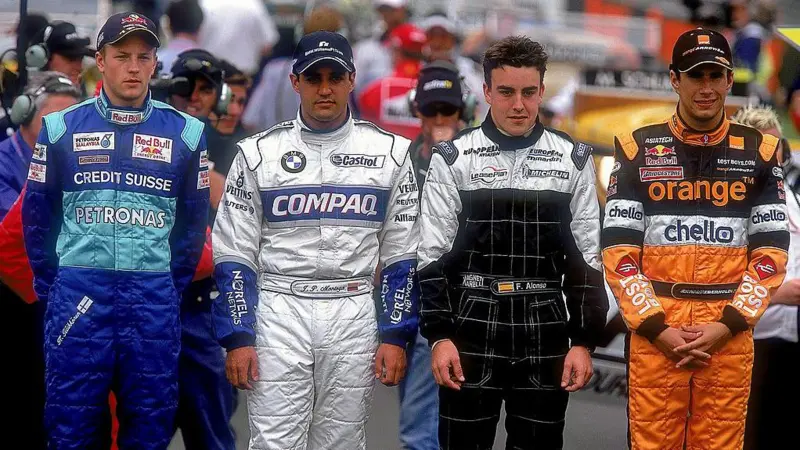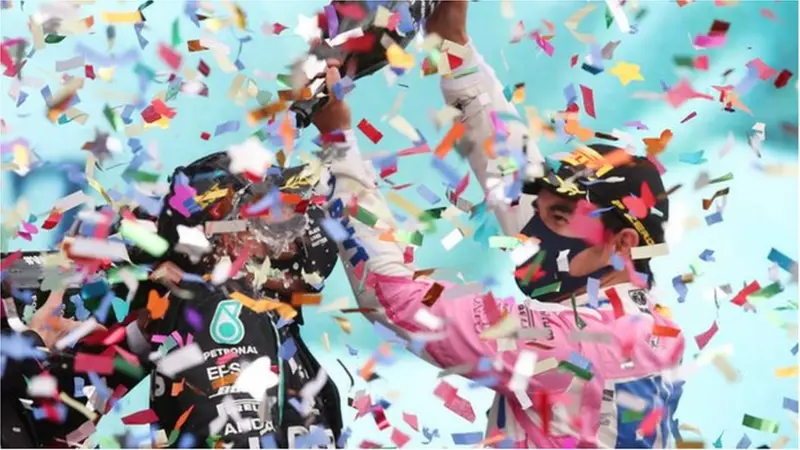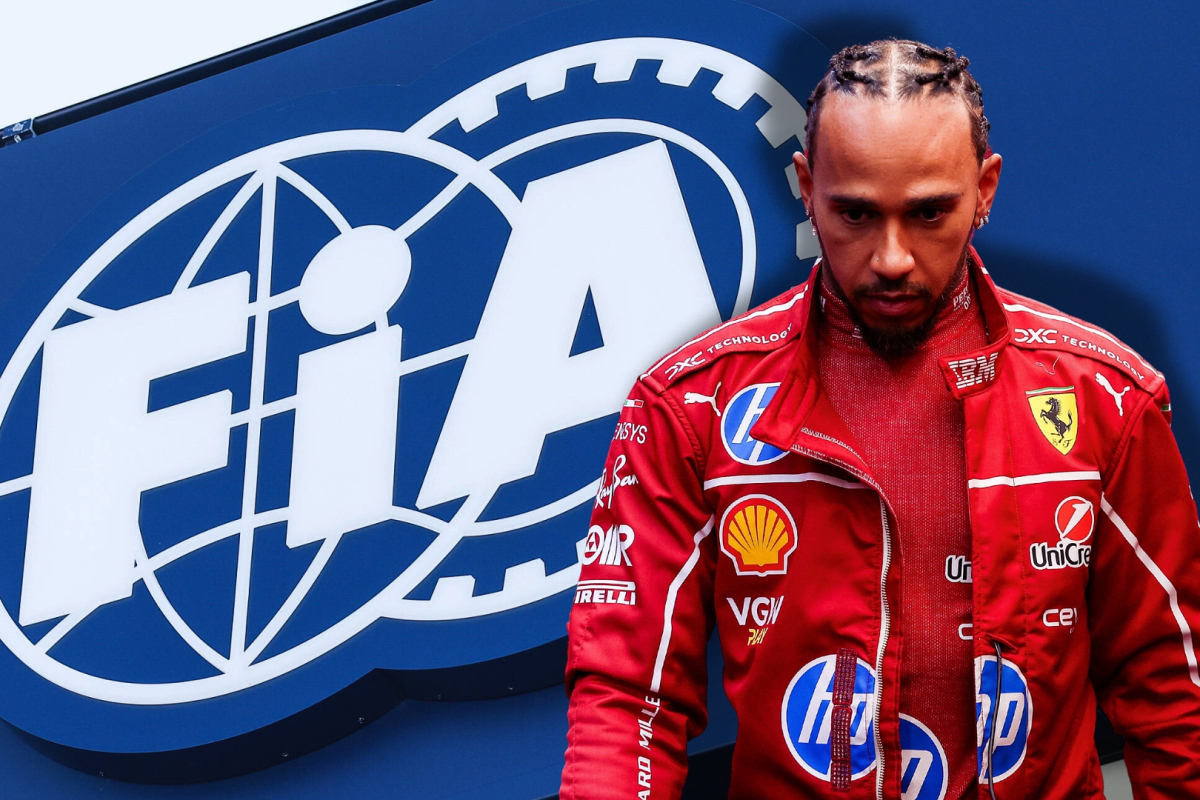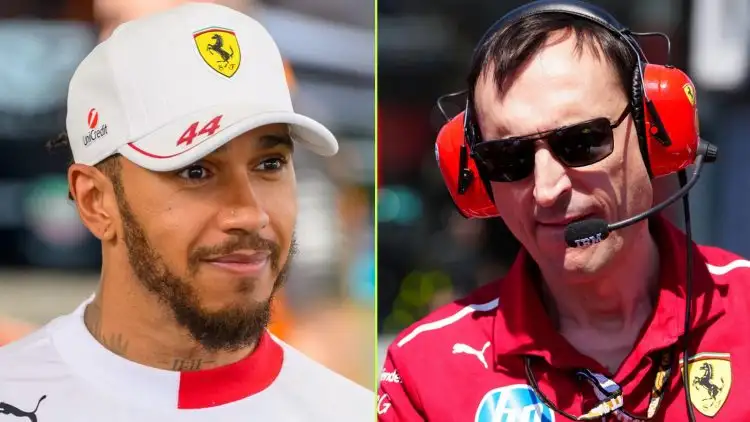Bahrain Grand Prix Strategy Guide – Tactical Options Un… Read more
Just a day ago at the Bahrain International Circuit, McLaren appeared to be in a league of their own. Both drivers were commanding the track with a performance that had the feel of something special—particularly Oscar Piastri, who secured his second pole position of the season. It was a statement of intent from the young Australian, demonstrating both confidence and raw speed. However, things weren’t quite as smooth on the other side of the garage. Lando Norris, though often seen as the team’s lead contender, could only manage sixth on the grid, with several rivals—two Mercedes cars, a Ferrari, and even an Alpine—wedged between him and Piastri.
The contrast between the two McLaren drivers sets the stage for a fascinating Sunday showdown. Unlike the previous week’s sprint format, this weekend’s Bahrain Grand Prix will be settled in the traditional race-day manner, giving more room for strategy, endurance, and execution to shine.
The Bahrain track is notorious for its abrasive surface, which leads to significant tyre wear. High tyre degradation will be one of the biggest challenges drivers and teams face during the race. The nature of this circuit means that managing tyre life could very well be more important than outright qualifying pace. As such, race strategy is likely to revolve around pit stop timing, tyre compound selection, and how well drivers can stretch each stint without losing time.
Another key factor in Sunday’s race will be the layout of the circuit itself. With three DRS (Drag Reduction System) zones spread across the lap, there are plenty of opportunities for overtaking. These zones allow drivers to get close and make moves, especially if their tyres are in better shape than those of the cars ahead. Expect to see plenty of action into Turn 1, as well as the back straight that leads into Turn 11. The DRS areas will reward teams that nail their energy deployment and set their cars up for strong straight-line speed.
Strategically, two-stop races could become the norm if tyre degradation proves too severe for one-stop strategies. The balance between aggressive early pace and conserving tyres for later battles will be crucial. Teams may also vary their plans based on their drivers’ positions—those starting further back might take risks with alternative strategies in the hope of gaining track position when others pit.
In short, while Piastri starts in the prime position, nothing is guaranteed under the lights in Sakhir. With strategic flexibility, tyre management, and the right moves in DRS zones, any of the front runners could come out on top when the chequered flag falls.




